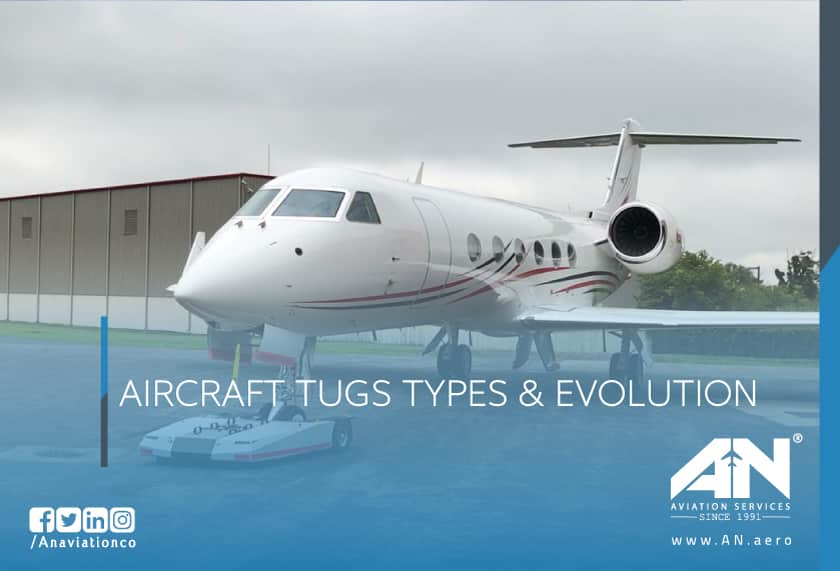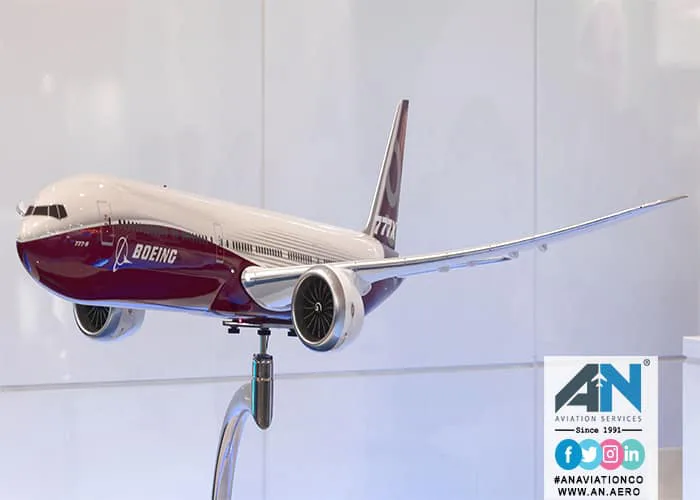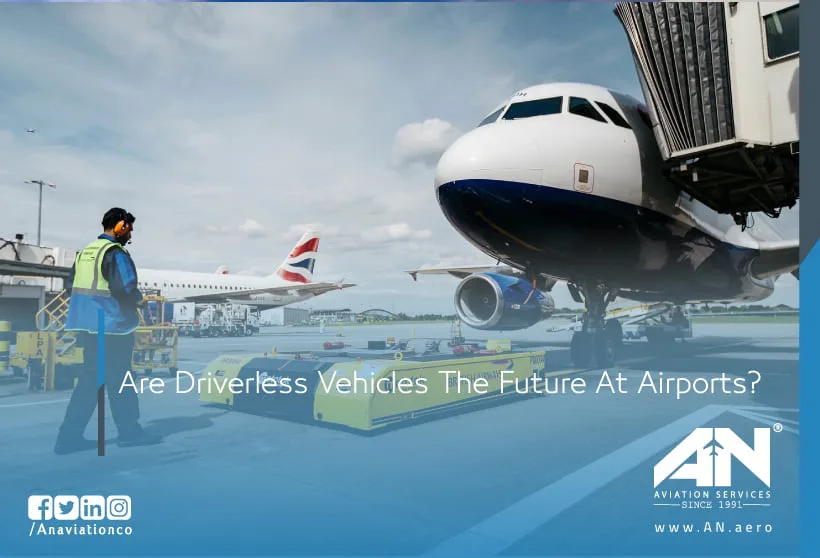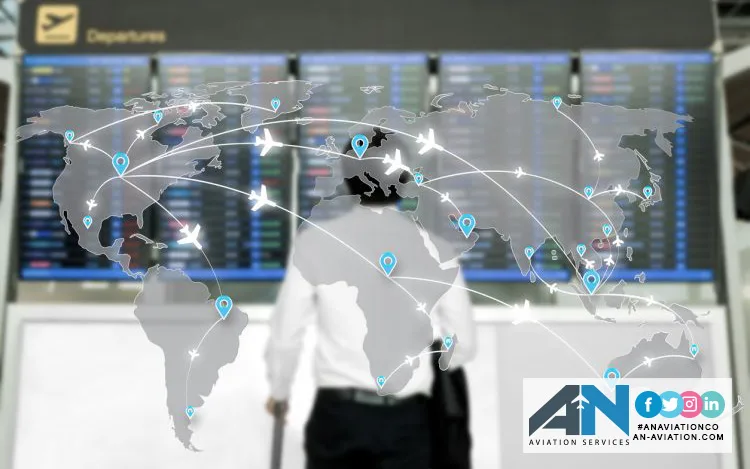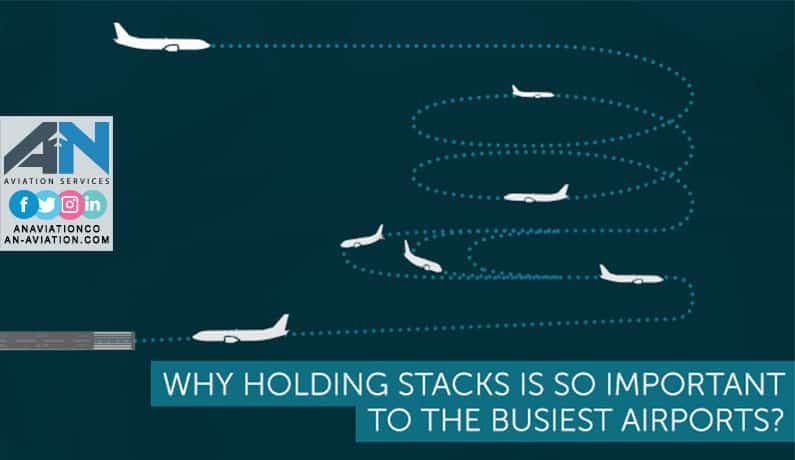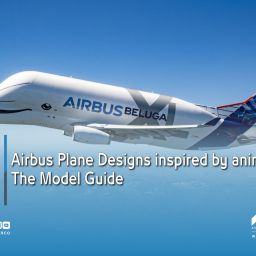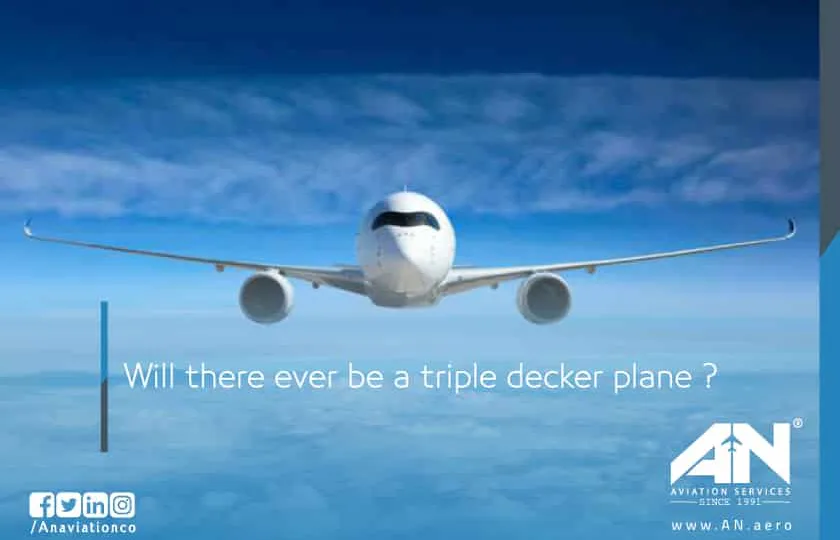
The evolution of passenger aircraft has been nothing short of extraordinary. From the early days of single-level cabins to the iconic double-decker planes like the Boeing 747 and Airbus A380, aviation technology has consistently pushed the boundaries of what’s possible. But as the demand for more efficient and spacious air travel grows, the idea of a triple-decker plane has captured the imagination of aviation enthusiasts and engineers alike.
So, could a triple-deck aircraft become a reality in the near future? Or is it simply an aviation fantasy? Let’s dive into the feasibility, challenges, and potential of designing and operating a plane with three passenger decks.
The Double-Decker Giants: Boeing 747 and Airbus A380
Before we speculate about a triple-decker plane, it’s essential to consider the history and impact of double-decker aircraft, such as the Boeing 747 and Airbus A380.
The Boeing 747, often called the “Queen of the Skies,” revolutionized air travel when it first took to the skies in 1970. With its distinctive hump, the 747 featured a partial second deck that housed luxurious lounges or additional seating, depending on the airline’s configuration. Its success demonstrated that larger aircraft could serve the needs of long-haul business class and economy travelers alike.
Then came the Airbus A380, which took the double-decker concept to the next level. First flown in 2005, the A380 featured two full-length passenger decks and could carry over 800 passengers in an all-economy configuration. Despite its technological brilliance and passenger comfort, the A380 struggled with profitability due to its massive size and limited airport compatibility.
These double-decker planes have shown that bigger isn’t always better when it comes to commercial aviation. But could a triple-deck aircraft overcome the challenges faced by its predecessors?
The Concept of a Triple-Decker Plane
The idea of a triple-decker plane is not entirely new. Over the years, concepts like the futuristic “Sky Whale” have emerged, showcasing what a triple-deck aircraft could look like. These designs envision massive planes capable of carrying hundreds, if not thousands, of passengers in a single flight.
Such an aircraft could theoretically feature dedicated decks for business class, economy, and perhaps even amenities like gyms, sleeping pods, or restaurants. It could also serve as a game-changer for long-haul travel, reducing the number of flights needed to transport large groups of passengers.
However, moving from concept to reality presents a host of challenges, from engineering limitations to airport infrastructure constraints.
Challenges in Building a Triple-Decker Plane
While the idea of a triple-decker plane is exciting, several obstacles must be addressed before it can take to the skies:
- Weight and Aerodynamics: Adding a third deck would significantly increase the plane’s weight, requiring more powerful engines and greater fuel consumption. This would also impact the plane’s aerodynamics, making it harder to achieve the fuel efficiency that airlines demand.
- Airport Compatibility: The Airbus A380 already requires specially designed gates and taxiways due to its enormous size. A triple-deck aircraft would likely face even greater challenges in terms of airport compatibility, limiting the number of destinations it could serve.
- Passenger Experience: While a third deck could offer additional seating capacity, it could also raise concerns about passenger comfort and evacuation times. Regulatory bodies would need to ensure that the aircraft could be safely evacuated within the required timeframe.
- Profitability: One of the reasons the A380 struggled was its high operating cost and the difficulty of consistently filling its vast seating capacity. A triple-decker plane would face similar challenges, requiring airlines to balance ticket prices with operational expenses.
The Future of Aviation: Efficiency Oversize
As exciting as the concept of a triple-decker plane may be, the aviation industry is currently focusing on efficiency rather than size. Modern aircraft like the Boeing 787 Dreamliner and Airbus A350 prioritize fuel efficiency, reduced emissions, and long-range capabilities over sheer passenger capacity.
These planes are designed to serve point-to-point routes, allowing airlines to connect smaller cities directly without relying on massive hub airports. This shift in strategy makes the development of a triple-deck aircraft less likely, as airlines prioritize operational flexibility oversize.
Could There Be a Niche for Triple-Decker Planes?
While the challenges are significant, there could still be a niche market for triple-decker planes in specific scenarios. For example, they could be used for specialized purposes such as military transport, cargo operations, or ultra-luxury travel.
In the passenger aircraft market, a triple-deck design could appeal to airlines serving high-density routes, such as between major global hubs. However, such an aircraft would need to offer significant advancements in fuel efficiency, environmental sustainability, and passenger comfort to be viable.
Conclusion
The concept of a triple-decker plane is both fascinating and ambitious, sparking the imagination of aviation enthusiasts worldwide. While the challenges of engineering, profitability, and infrastructure make it unlikely to become a reality in the near future, it remains an intriguing possibility for the long-term future of aviation.
For now, the industry’s focus remains on efficiency, sustainability, and innovation, with aircraft like the Boeing 787 and Airbus A350 leading the way. But who knows? As technology advances and the demand for air travel evolves, we may one day see the skies graced by the first-ever triple-deck aircraft. Until then, the idea of a triple-decker plane serves as a reminder of aviation’s endless potential for innovation and growth.



